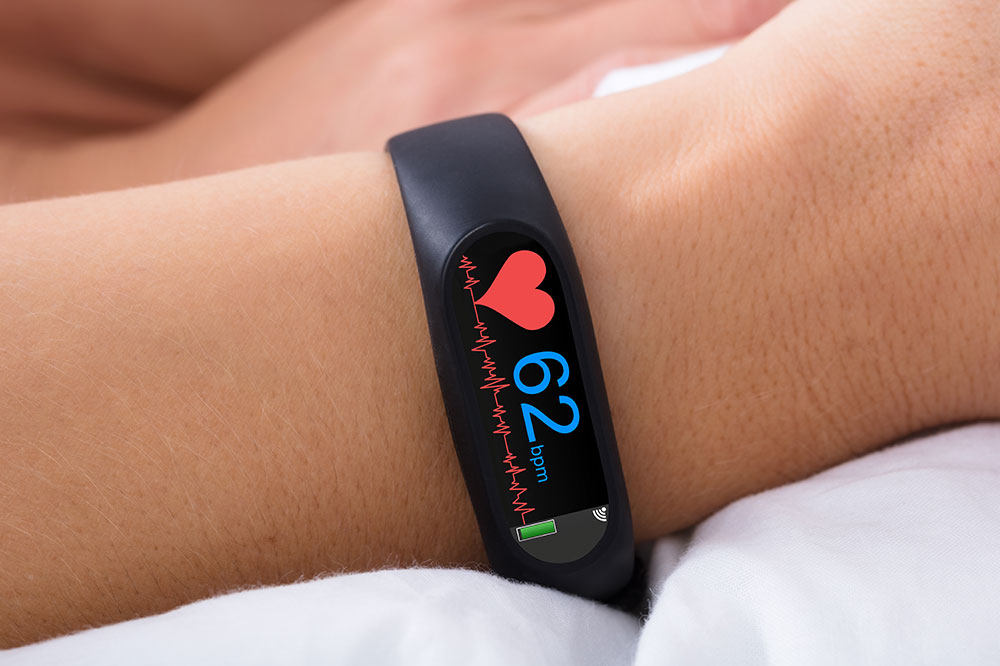The Essential Role of Heart Rate Monitoring in Athletic Performance and Fitness
Discover the vital importance of heart rate monitoring for athletes and fitness enthusiasts. Learn about resting and maximum heart rates, how tracking your pulse can enhance workout efficiency, prevent health risks, and improve cardiovascular health. Utilize modern wearable technology to optimize your training and achieve better fitness results with personalized insights. This comprehensive guide explains the benefits of monitoring heart activity, offering practical tips for all fitness levels to improve endurance, prevent overtraining, and maintain a healthy heart for life.

Why Heart Rate Monitoring Matters So Much for Athletes and Fitness Enthusiasts
Heart rate monitoring plays a crucial role in assessing cardiovascular health and optimizing athletic performance. The heart rate, also known as pulse rate, indicates how many times the heart beats per minute, providing vital insights into your body's condition. The primary function of the heart is to pump blood oxygen and nutrients throughout the body, and this process can be felt through a palpable pulse in areas like the wrist, neck, or upper arm. Regularly tracking your heart rate enables you to understand how your body responds to exercise and daily activities, offering vital data to optimize training regimens and improve overall health.
Monitoring your pulse isn’t just for medical emergencies; it’s an essential tool for athletes and fitness enthusiasts to measure exertion levels during workouts. By recording your heart rate before starting exercise, during activity, and after, you can gain insights into your fitness progress and avoid overtraining or undertraining. Knowing your heart's behavior during physical activity allows you to tailor exercise intensity for maximum efficiency and safety, ultimately contributing to improved athletic performance and cardiovascular health.
The most informative metrics when analyzing your cardiovascular fitness are your resting heart rate and maximum heart rate. Each serves a specific purpose in understanding your health status and guiding your workout routines.
Understanding Resting Heart Rate and Its Significance
The resting heart rate (RHR) is the number of heartbeats per minute when your body is at complete rest, such as upon waking in the morning. This measurement is a powerful indicator of your overall cardiovascular health and fitness level. A lower resting heart rate typically signifies a more efficient heart that can pump blood with less effort.
For most highly fit individuals, the resting heart rate falls between 40 and 60 beats per minute. Athletes often have even lower rates due to their enhanced cardiovascular efficiency. On the other hand, an average adult’s RHR tends to range from 60 to 100 bpm. Children frequently exhibit higher resting rates, ranging from 70 to 150 bpm, depending on age and activity level. Elevated resting heart rates can be an indicator of stress, illness, or cardiovascular issues, so regular monitoring can help detect early signs of health problems.
Maximum Heart Rate: The Peak of Cardiac Output
The maximum heart rate (MHR) is the upper limit of what your heart can achieve during intense physical exertion. It measures your heart’s capacity to beat at maximum effort, providing a benchmark for designing effective training programs. Max heart rate varies with age, gender, and individual health status.
Typically, a person in their twenties can reach around 200 beats per minute during vigorous activity. By the time an individual reaches their forties, the maximum heart rate usually declines to approximately 175-180 bpm. Knowing your MHR allows you to establish personalized target zones, ensuring that you are training effectively and safely. Training within your target heart rate zone maximizes cardiovascular benefits without risking overexertion or injury.
Monitoring these metrics over time helps athletes optimize their training intensity, improve endurance, and prevent burnout. For general health, understanding your maximum heart rate assists in setting physical activity goals and maintaining a heart-healthy lifestyle.
Using Heart Rate Data to Enhance Fitness and Prevent Health Risks
Consistently tracking heart rate enables individuals to tailor their workouts to their specific fitness levels. For example, maintaining exercise within 50 to 85 percent of your maximum heart rate ensures effective cardiovascular training. This approach can improve stamina, promote fat burning, and enhance overall heart health.
Additionally, monitoring resting heart rate can reveal improvements in fitness levels over weeks or months, serving as a motivational tool. A decreasing RHR often signals enhanced cardiovascular efficiency, while a sudden increase may indicate stress, fatigue, or potential health issues that warrant medical attention.
For athletes, understanding and leveraging these metrics support injury prevention and optimized recovery protocols. For the general public, regular heart rate monitoring encourages a more proactive approach to health management, reducing the risk of heart disease and other chronic conditions.
Modern technology has made heart rate monitoring more accessible and accurate than ever. Devices such as wearable fitness trackers, chest straps, and smartwatches allow continuous, real-time monitoring, making it easier to keep track of your heart’s performance during all activities. Data collected over time can be analyzed to identify trends, set realistic goals, and adjust training intensity accordingly. Integrating heart rate monitoring into your fitness routine facilitates a personalized, scientific approach to health and exercise.
In conclusion, heart rate monitoring is an essential practice for anyone interested in fitness, athletic performance, or cardiovascular health. By understanding your resting and maximum heart rates, and actively tracking your pulse during workouts, you can optimize your exercise regimen, improve endurance, and safeguard your heart health for the long term. Whether you are a seasoned athlete or a casual exerciser, embracing heart rate monitoring helps you work smarter, achieve better results, and pursue a healthier lifestyle with confidence.





